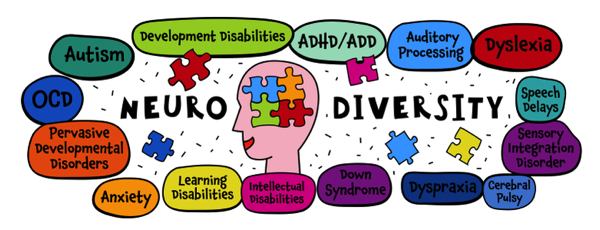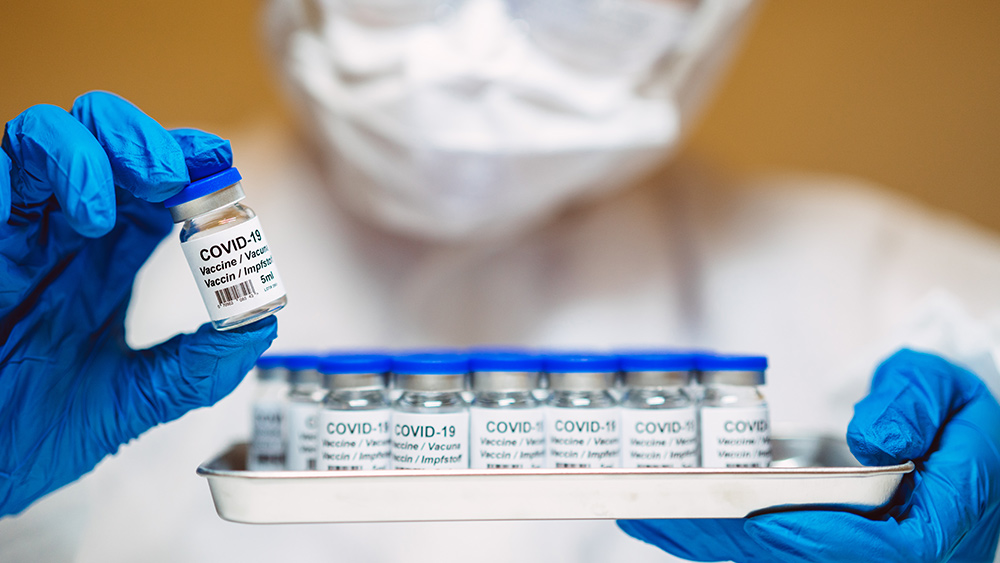 Parler
Parler Gab
Gab
The Vaccine-brain damage connection
Autism rates in the U.S. have surged over the past two decades, with no clear medical consensus on underlying causes. California, a bellwether state for health trends, now reports historic highs in ASD diagnosis rates. Concurrent with this rise have been increases in childhood vaccine schedules, environmental chemical exposure, and digital device use. This report aligns with data from environmental attorney Robert F. Kennedy Jr. and Dr. Denis R. Zimmerman, who revealed suppressed evidence linking vaccines to immune-mediated brain damage in susceptible children. Immunological Mechanisms Documented in CDC Literature: Dr. Zimmerman, a renowned pediatrician, submitted a sworn affidavit in 2007 revealing that the Department of Justice was informed of vaccine-induced autism cases as early as 2003. His findings, supported by seven peer-reviewed studies, implicate immune activation triggered by vaccines in children with genetic vulnerabilities. Specifically:- Fever and immune stimulation: Vaccines that induce fevers in developing infants may overwhelm immature neuroimmune systems, particularly in subgroups with genetic polymorphisms (e.g., COMT gene variants), leading to regression.
- Toxic adjuvants: Aluminum adjuvants, present in many vaccines, are neurotoxic at elevated doses. Animal studies, cited in the CDC’s leaked 300-page document, link aluminum to microglial activation and synaptic pruning abnormalities observed in ASD brains.
- Thimerosal (Ethylmercury): Persistent concerns over mercury exposure from pediatric vaccines remain unresolved, with studies showing cumulative effects may disrupt brain development. While efforts have been made to remove mercury from vaccines, most flu shots and DTaP vaccines contain brain damaging mercury.
- CDC’s Silent Admissions: Internal documents obtained by Children's Health Defense contain admissions between 2001–2016 confirming autoimmune encephalopathy (brain inflammation) in vaccine recipients. While the CDC publicly denies these findings, the data underscores a need for transparency in long-term safety studies.
Environmental chemicals as a catalyst
Chlorine dioxide and neurodevelopmental harm Autism expert Kerri Rivera explains that chlorine dioxide, a common water disinfectant, has neurotoxic effects when inhaled or consumed. A MDPI-linked case series notes its potential to disrupt mitochondrial function and oxidative pathways critical for neural development. Common exposure sources include treated drinking water and industrial processes, raising concerns about synergistic risks with vaccine ingredients. Other Chemicals:- Phthalates (Plasticizers): Found in food packaging and hygiene products, these endocrine disruptors correlate with ASD via hormonal interference.
- Pesticides (Glyphosate and pyrethroids): Agricultural runoff and urban pesticides are linked to oxidative stress markers in children with ASD.
- Acetaminophen (Tylenol): A Johns Hopkins birth cohort study analyzing umbilical cord blood discovered that newborns exposed to the highest levels of acetaminophen were twice as likely to develop attention deficit hyperactivity disorder (ADHD) and nearly three times as likely to be diagnosed with autism spectrum disorder (ASD) during childhood compared to peers with lower exposure. The research, part of growing evidence on acetaminophen’s potential as an endocrine disruptor, highlights these heightened risks tied to in-utero exposure.
- Antibiotics in utero and early life: In a Swedish population control based study, maternal and early-life antibiotic use was associated with an increased risk of autism and ADHD in childhood.
Electromagnetic fields and digital exposure
A MDPI-published study connects early smartphone use with neurodevelopmental delays. WiFi and 5G signals may alter calcium ion signaling in the brain, impacting neurotransmitter systems vital for speech and social interaction. Infants’ developing brains absorb RF radiation 10x more than adults, raising alarms about cumulative effects.The synergistic theory of “triple-whammy” exposure
The convergence of vaccines (immune stressors), chemicals (mitochondrial toxins), and EMF (energy disruption) may create a toxic synergy, especially in genetically susceptible children. Dr. Zimmerman’s affidavit highlights cases where vaccine-induced fever combined with environmental toxin exposure triggered irreversible regression. The CDC’s disputed 300-page document reportedly includes:- Case Series 2001–2016: Autopsies showing aluminum in brain stem areas involved in speech and gut function.
- Measles-Mumps-Rubella (MMR) Data: Elevated febrile seizures post-vaccination, correlated with future ASD diagnosis.
Pathways to prevention: Strategic research directions
To honor the mandate for evidence-based policy, the HHS could undertake: Recommendation 1: Subgroup analysis of vaccine responses- Identify genetic and biomarker profiles (e.g., metallothionein deficiencies, COMT single nucleotide polymorphisms) that increase ASD risk post-vaccination.
- Action: Partner with academia to analyze VAERS reports and biobank samples for hidden patterns.
- Establish a National Biomonitoring Network to track environmental toxin exposure in pregnant women and young children.
- Prioritize chlorine dioxide, glyphosate, and aluminum as top targets.
- Fund independent studies on RF/5G exposure limits for children under 3 years.
- Advocate for stricter EMF regulations aligned with precautionary principles.
- Demand reevaluation of the leaked 300-page document by a neutral panel using Interpretive Structural Modeling (ISM) to map systemic cause-and-effect chains.
- Transparently audit Longitudinal Childhood Development Programs (LCDPs) to track neurodevelopmental trends.
- Test interventions like Nrf2-activating agents (e.g., sulforaphane) and mitochondrial support therapies in high-risk cohorts.
Study: Brisk walking lowers risk of cardiac arrhythmias by 43%
By Ava Grace // Share
Autism and ADHD: A study of two journeys in the brain’s attention highway
By Olivia Cook // Share
Record customs revenue surge fuels deeper divide in escalating U.S.-China trade war
By Willow Tohi // Share
RFK Jr. leads FDA crackdown on synthetic dyes in U.S. food supply amid health concerns
By Willow Tohi // Share
U.K. releases first-ever nationality-based migrant crime data amid political turmoil
By Willow Tohi // Share
Governments continue to obscure COVID-19 vaccine data amid rising concerns over excess deaths
By patricklewis // Share
Tech giant Microsoft backs EXTINCTION with its support of carbon capture programs
By ramontomeydw // Share
Germany to resume arms exports to Israel despite repeated ceasefire violations
By isabelle // Share










